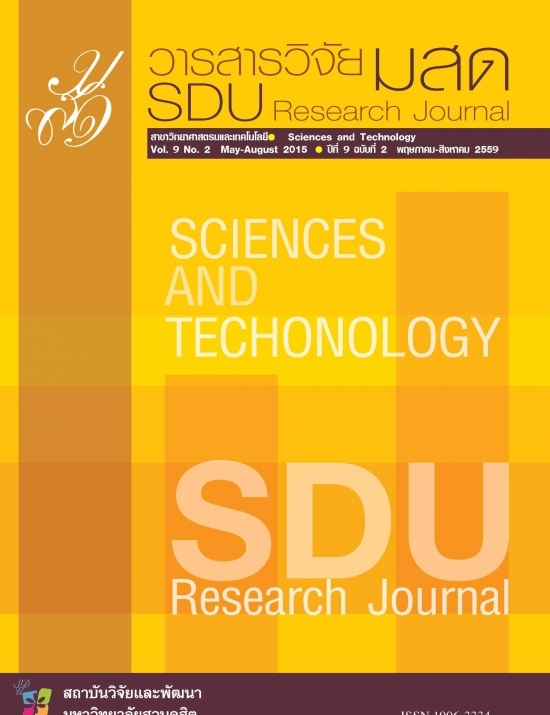Adsorption, Kinetic and Thermodynamic Studies of Whitening Agent by the Use of Acid Treated Stem Ginger Fibers (ATSGF)
Keywords:
Adsorption, kKinetic, Thermodynamic,, Vitamin B3Abstract
The objective of this work is the potential use of acid treated stem ginger fibers
(ATSGF) as adsorbents for vitamin B3, which is used as a whitening agent in cosmetics.
Batch adsorption experiments were conducted for this work. The parameters studied were
equilibrium time, influence of adsorbate concentration and temperature. The equilibrium
time of ATSGF for the adsorption of vitamin B3 at 30° C was 150 minutes. The amount of
vitamin B3 sorption onto ATSGF increased with the increase in temperature. The
adsorption behavior of vitamin B3 on the surface of ATSGF was fitted to Langmuir and
Freundlich isotherms. The maximum monolayer adsorption capacities were found to be
526, 588 and 667 mg/g at 30, 40 and 50 °C, respectively. The adsorption kinetics were
evaluated using pseudo first and pseudo second order. The kinetic results indicated that
the pseudo second order equation described the adsorption kinetics data slightly better
than the pseudo first order equation. The thermodynamic parameters ΔH°, ΔS° and ΔG°
indicated an endothermic adsorption process, which is random, and spontaneous
adsorption of vitamin B3 on the surface of ATSGF, respectively. The desorption results
indicated that ATSGF with adsorbed vitamin B3 (prepared at a concentration of 0.5 %w/v)
can release 120 mg of vitamin B3 per gram ATSGF (or equal to 80%) at 30° C. The results
of this study showed that ATSGF could be used as a natural body scrub material in
cosmetic products for scrubbing and releasing the whitening agent to the skin.








